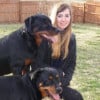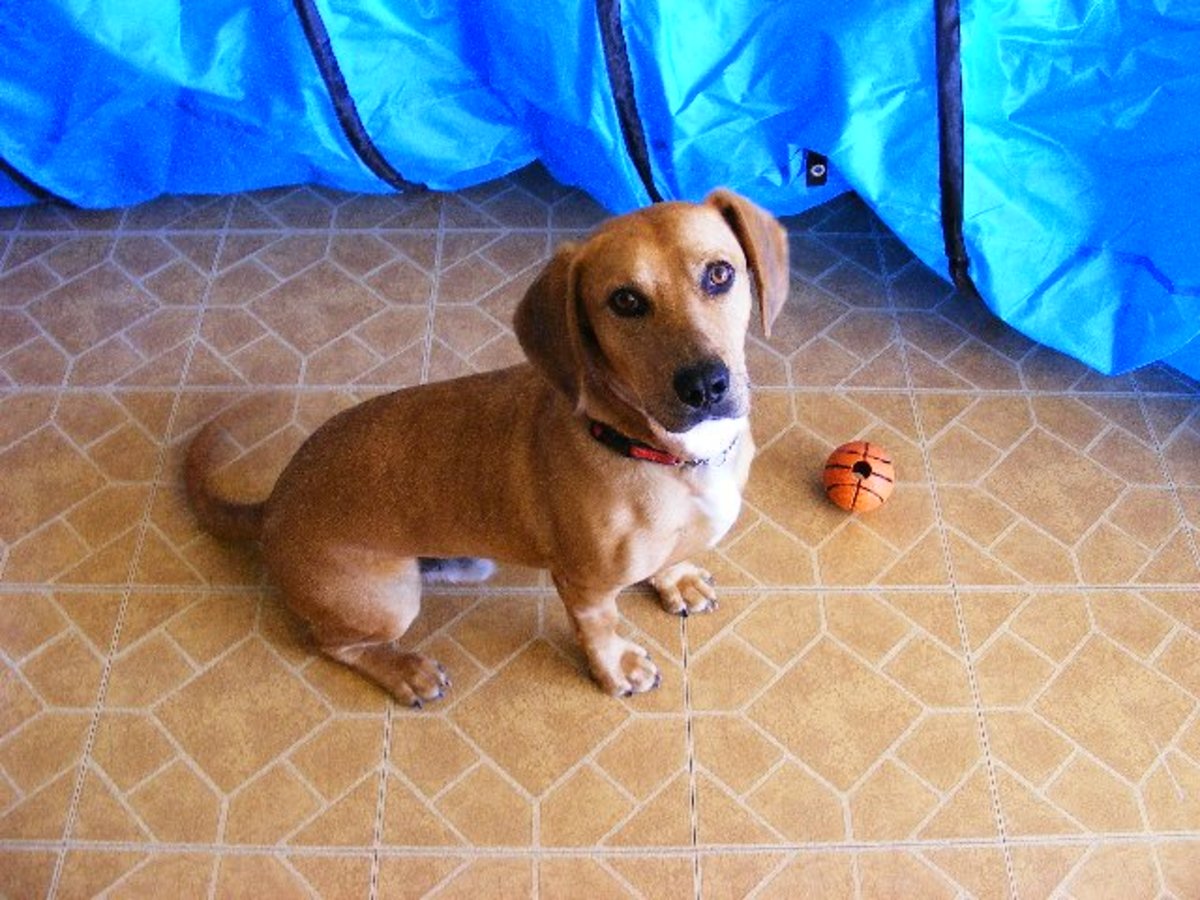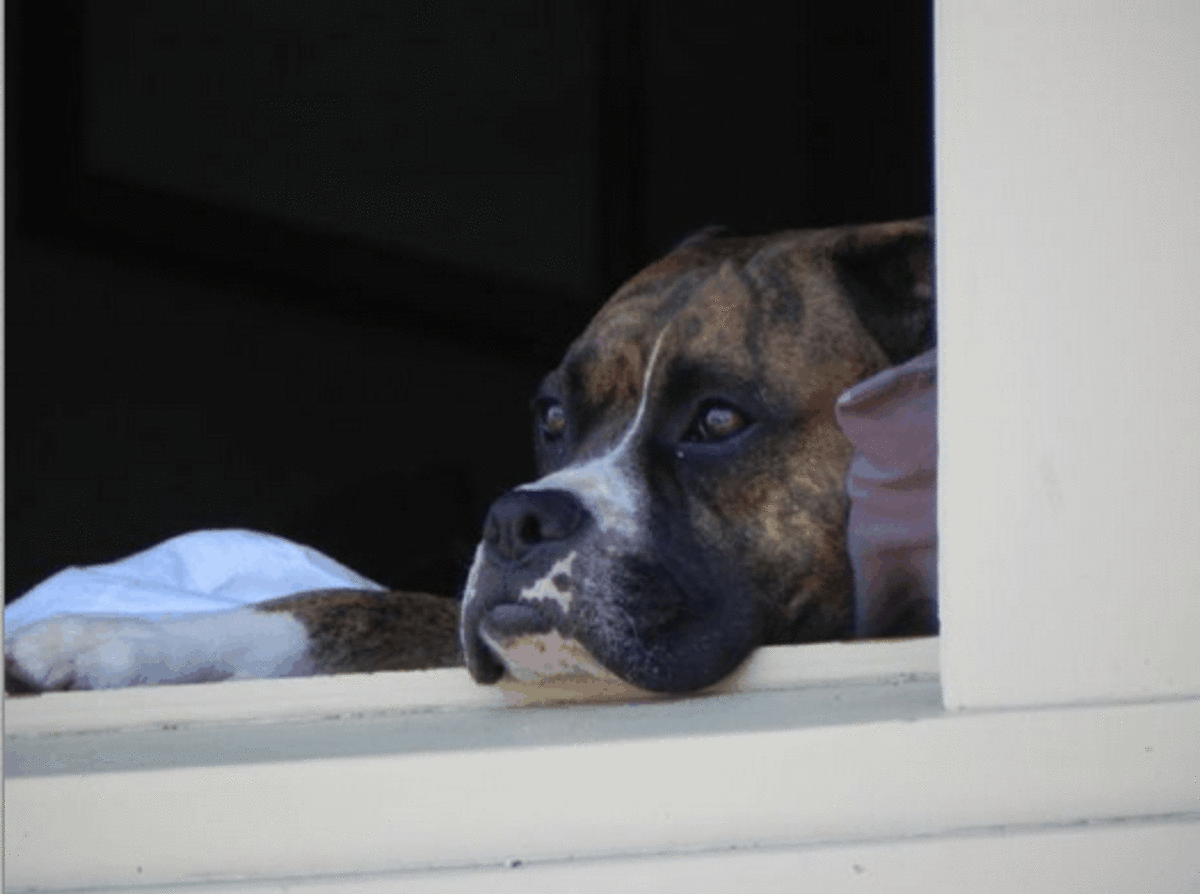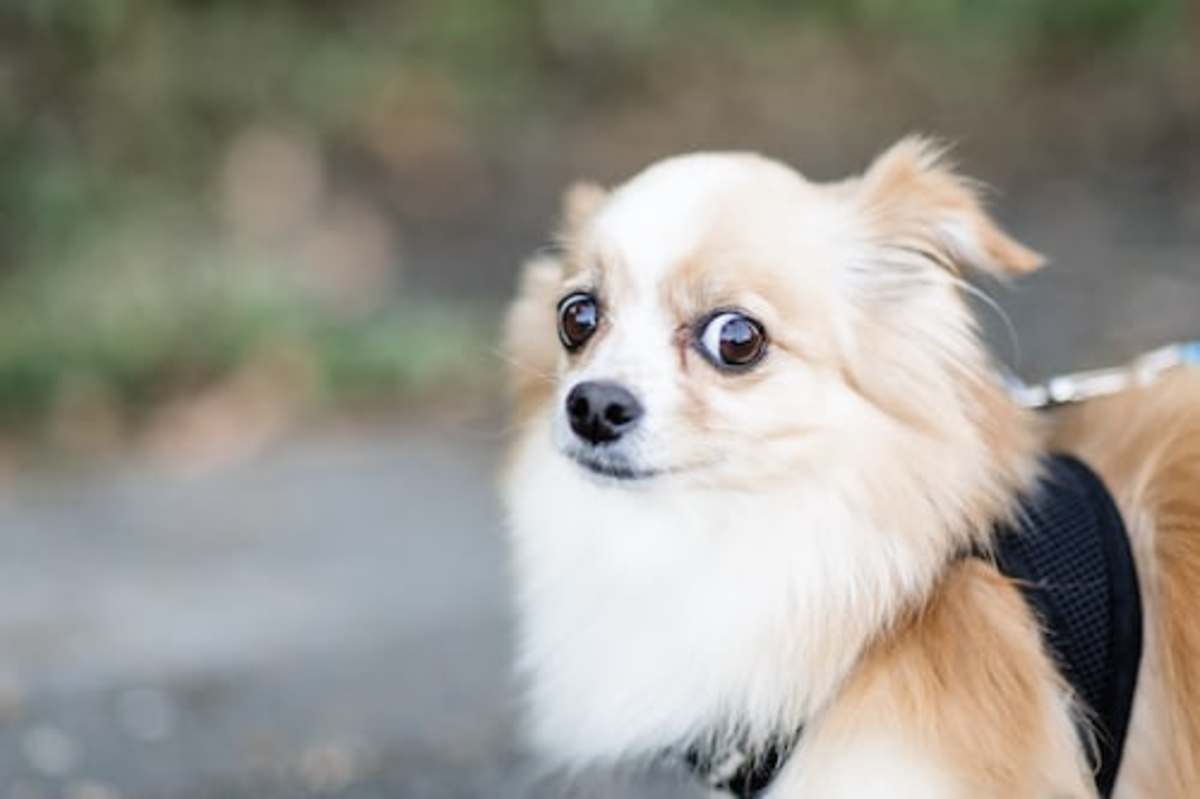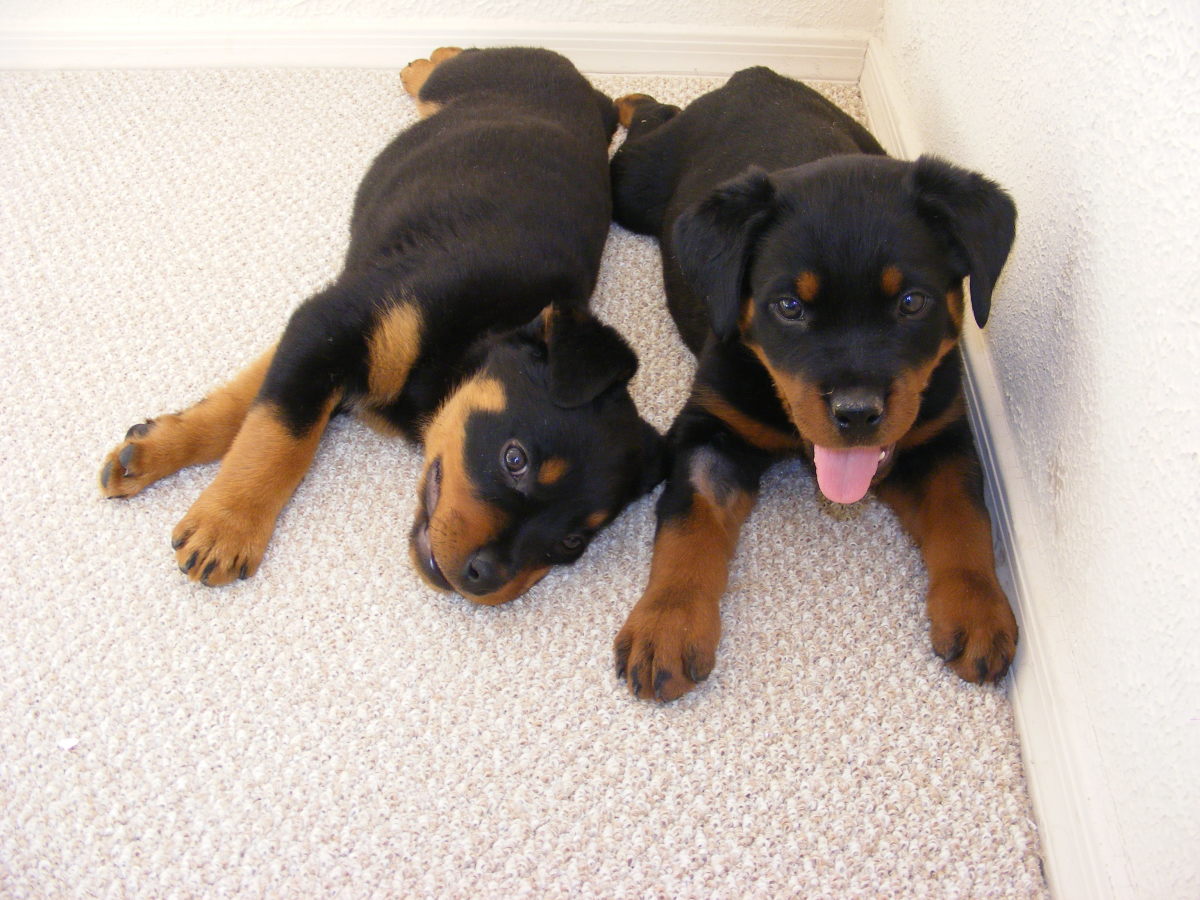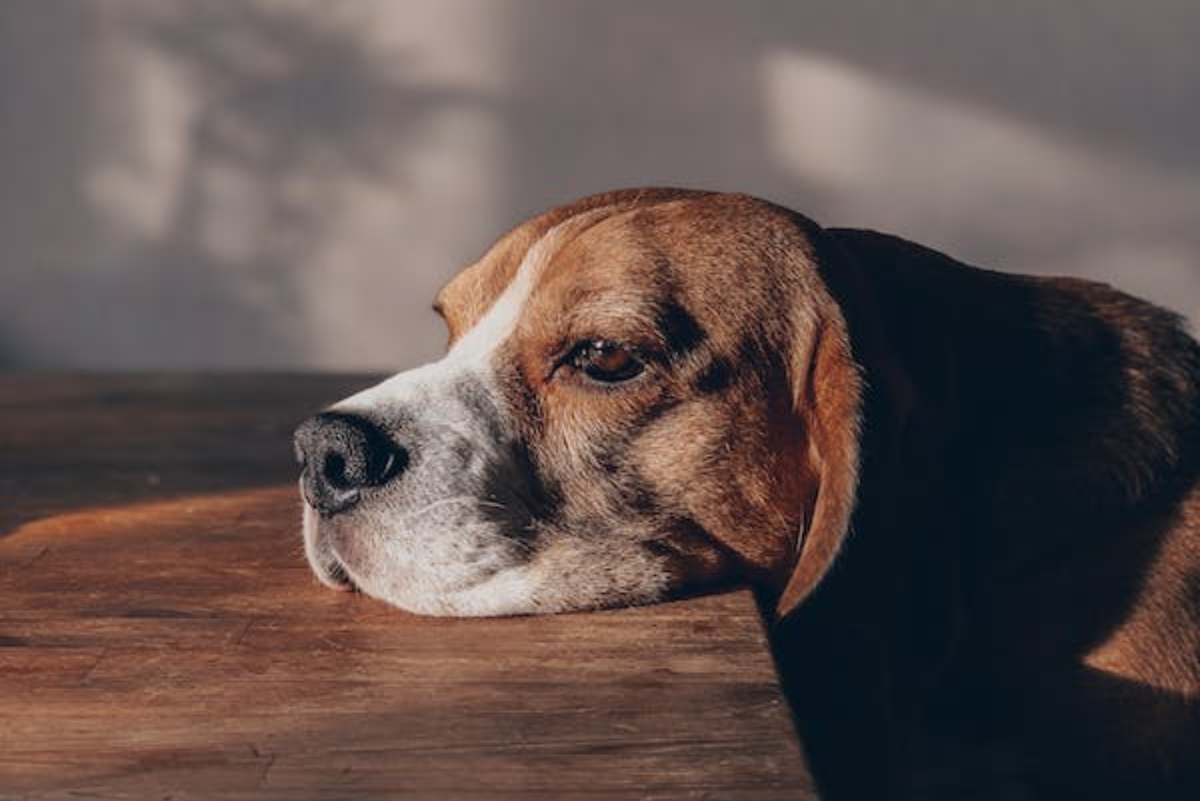How to Treat Dog Separation Anxiety
Don't Cuddle your Dog Before Saying Good bye.
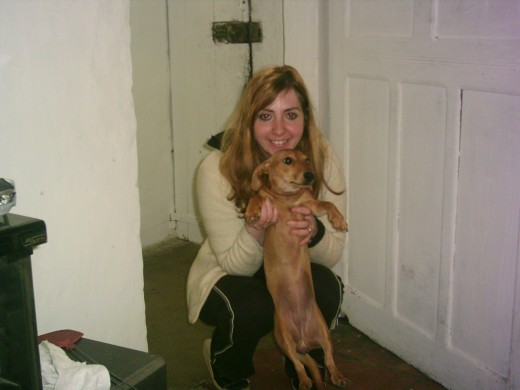
Why do Dogs Suffer From Separation Anxiety?
Dogs are social animals that thrive when they are in company of their pack. Problems however start to arise when insecure dogs are left alone for extended periods of time and the dog starts feeling lonely and unsafe. This form of insecurity is what triggers separation anxiety, a condition that may be at times very challenging to deal with and that sadly often results in a one way trip to the closest humane society.
The after math of a dog suffering from severe separation anxiety cannot be ignored. Often, affected dogs will do what they can in a desperate attempt to release their anxiety by engaging in destructive behaviors. Owners may, therefore, come home to find a chewed up couch, curtains shredded into pieces, linoleum ripped off the floor and even holes in their drywall. While owners often are unaware of the precise dynamics happening at their home during their abscense, often neighbors are too well aware of the persistent non-stop howling occurring from when their owners step out the door up to when they are back. Complaints are not unusual and in some cases owners may be even reported to animal control.

How to Deal with Dog Separation Anxiety
While severe cases are better attempted to be treated by professional behavior specialists, owners dealing with mild cases may try to reduce the occurrences of separation anxiety by using some strategic actions that will help build up confidence in their dogs and make them understand that they are not abandoned, but that rather their owner will always return.
How to Treat Separation Anxiety in Dogs
Step 1 Start on a Week-end
If you work five days a week, you want to start training your dog on a week-end, preferably on a Friday evening, so you have enough time on hand for a full immersion of training. In order to work, you must be able to work with your dog around the clock and practice being consistent the best you can.
Step 2 Goodbye is no Big Deal
If you are one of those owners that like to give your dog kisses or any form of attention before you head to work, you want to cut on the fussing. Giving too much importance on saying good bye actually nurtures separation anxiety because your dog will feel shocked when he will go from being cuddled one minute to absolute silence and loneliness the next. Stop making a big deal of leaving and your dog will stop making a big deal too,
Step 3 Practice almost Leaving
This is the core of teaching your dog to accept your absence. At this point pretend you are about to leave. Grab the keys, put on your coat, tie your shoes and then just stay at home. Observe your dog. You will notice through his body language that he will already start to become agitated. Today though, your dog will learn that you are no longer so predictable. Do this frequently throughout the day until the dog seems more relaxed and used to the idea.
Step 4 Practice Going and Coming Back
As your dog starts to no longer react to your routine actions suggesting you are about to leave the home, start leaving the home for real but just or a few seconds. Try leaving, closing the door behind and then coming right back inside. Try to hear if your dog reacts to this from outside. Repeat this several times until your dog appears no longer reacts to your action of opening the door to leave. Remember to always be in a calm state of mind and ignore your dog throughout the session even if he whines or cries for you. Try to your best not to come back inside right when your dog whines, rather come inside if possible when there is silence.
Step 5 Practice Prolonged Leaving
Once your dog seems to accept the fact that you go out the door and come back right in, try to prolong your absence. Leave now for about 5 minutes then come back. Try to leave a tape recorder and see how your dog does during hese brief absences. If he does well, then leave for about 10 minutes.
Step 6 Invest in Toys
If your dog seems to still be missing you more than you like during those 10 minutes of absence, try to invest in some toys that will keep him entertained during your absence. A good choice are Kongs which can be stuffed in challenging ways keeping your dog occupied for extended periods of times. Most dogs will attempt to get those goodies out and then take a nap right after wards. Another good idea is to strategically hide treats around the home so the dog will focus on finding them in your absence.
Step 7 Try Pheromones
In some cases, purchasing a pheromone plug in product made for dogs may help your pet relax in your absence. Some pets may respond well to it and feel less stressed, however these products are not a cure all, they should be used along with the behavior modification tips suggested above.
Step 8 Create White Noise
Some owners have noticed that their dogs do better if left at home with the television or the radio on. This white noise will have a calming effect on your dog. Some other owners will simply record their voice and allow their dog to listen to it over and over in their absence.
Step 9 Leave your Scent
Often leaving a shirt that smells like you behind may help your dog feel less lonely. Dogs are very smell oriented creatures and while your smell is just about everywhere in your home, leaving a shirt may work as a strong reminder that you are not that far away.
Step 10 Consult with your vet
If there are no signs of improvement, then you may ask your vet about medications that may calm your dog down. Clomicalm and Reconcile are medications that have been helpful along with behavior modification. Also ask for a referral for a good dog behaviorist, he or she may be able to come to your home and evaluate the situation.
As seen, there are various methods to teach your dog to remain relaxed in your absence. It will not happen over night, but as days go by, you should notice that your dog is more and more desensitized by your act of leaving. While your dog may never really throw a goodbye party, he will surely be ready to do his happy dance as soon as he hears you pull in your parking lot awaiting your return.
Looking for some help? Invest in a Thundershirt to use for your set-ups of fake departures.
Separation anxiety behavior modification
For further reading
- Tips for Keeping Your Dog Happy When You are Not Hom...
Your nine to five schedule may appear to go by pretty swiftly as you keep yourself busy at work carrying on tasks all day, but what about your canine companion left behind to cater to itself? What can you... - Why is My Dog Chewing When Left Alone?
Why do dogs chew when they are left alone? Learn all possible causes and how to tackle this frustrating problem. - Dog Behavior: A Guide to Behavior Modification Techn...
Say NO to coercion and say YES to rewards. Learn effective modern based dog behavior modification techniques. As the words imply, behavior modification entails modifying a dog's behavior for the purposes of increasing or decreasing wanted and...
